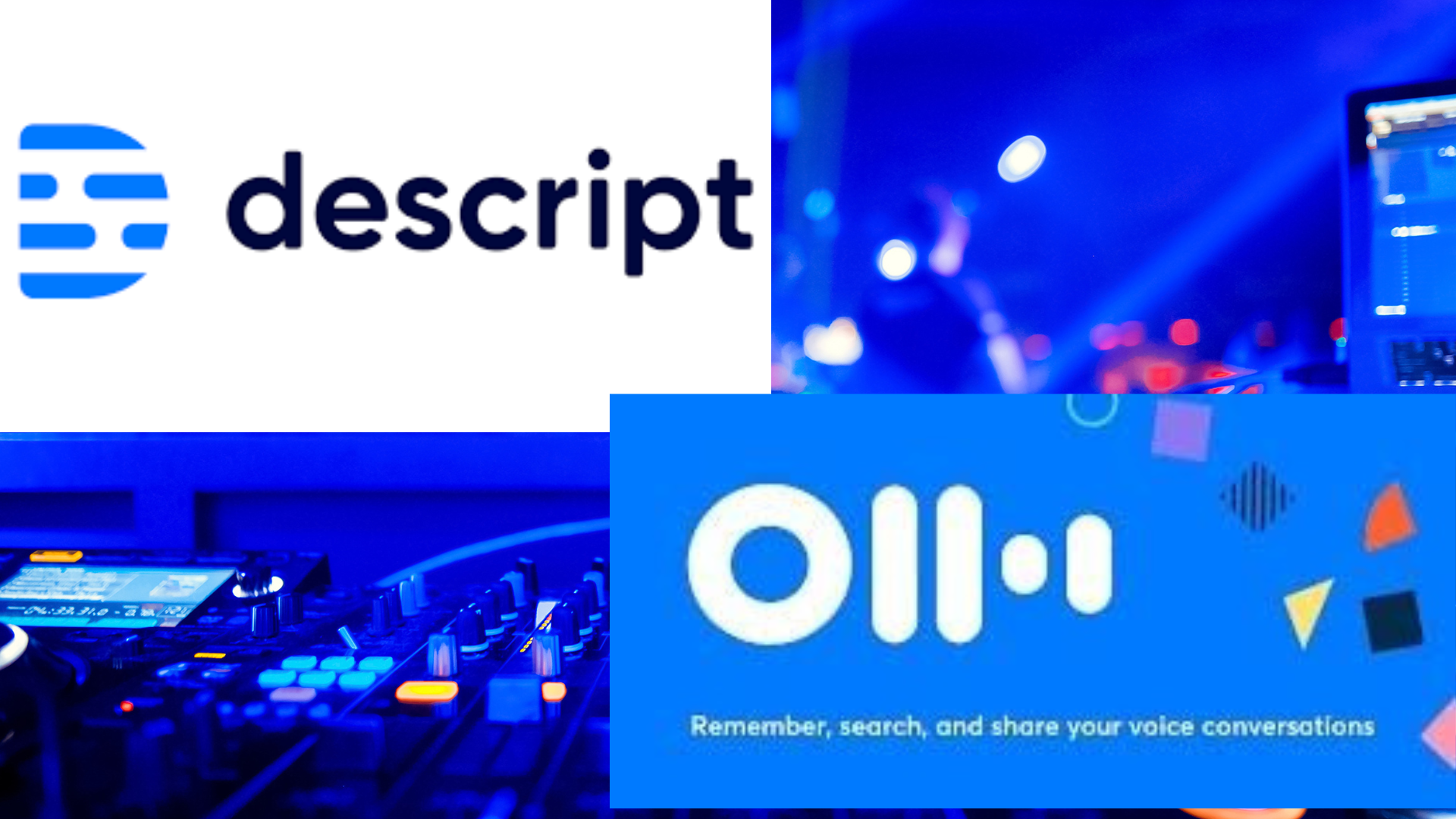Collecting and interpreting data is essential for any successful online platform, whether it is an arts organization’s web site or a gallery’s sales point. Google analytics is a tool many organizations use to track their success and manage data analytics. Yet, according to a 2015 survey by Capacity International, 90% of arts organizations indicated that they are not using Google Analytics to its full potential. There are several tools, such as Google Tag Manager, that can further increase the potential for Google Analytics to track performance metrics.
Visualizing Data with Sparkwise
We are surrounded by data, making it difficult to figure out where to begin, let alone how to analyze or use the information. Sparkwise is one of many data visualization tools allowing users to build dashboards, but was actually designed with nonprofit organizations in mind. The free web-based system is particularly useful for low-budget organizations or those just beginning to apply data analytics.
Enhance Social Media Campaigns with Keyhole's Real-Time Tracking
AMT Lab contributor Kristen Sorek West explores the social media analytics platform Keyhole and its real-time data tracking services. The social media listening tool collects Facebook, Twitter and Instagram activity information in one location, giving users the ability to perform targeted searches on users and content across channels. Click here to read the full review.
Measuring Unstructured Data: Brandwatch
Today, an increasing number of arts organizations are aware of the importance of using social media platforms to engage their audiences. While employing different channels is crucial, it is equally important to monitor, analyze and evaluate your organization’s performance across social media platforms.
Eventbrite’s Newest Ticketing Solution: the "At the Door Card Reader"
Eventbrite, an online event management company and ticketing platform, just recently released a new product to make selling tickets on-site easier for the consumer and event manager- an iPad credit card reader. In the past, Eventbrite operated completely online. Event managers would create an event page for, let’s say, a jewelry-making workshop or a local symphony concert. Buyers would purchase their tickets online. However, those who purchased their tickets onsite at the last minute were not able to purchase them through Eventbrite. For this reason, Eventbrite launched the iPad application in December, “At the Door,” available for free from the iTunes App Store .









